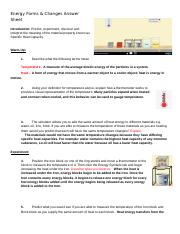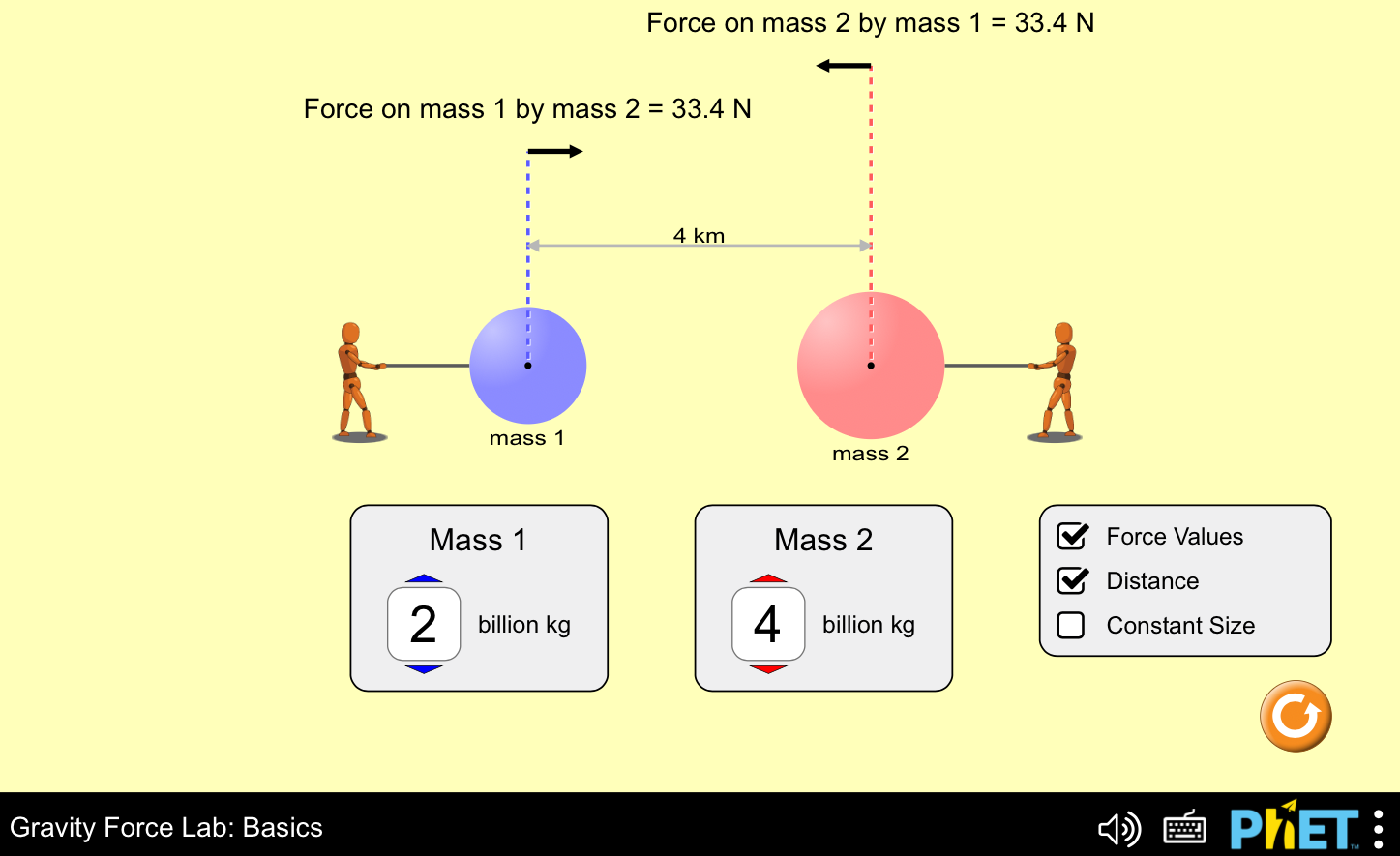

However, i think these forces are basically a 1000000000 times too big. So these are the values you should get based on these data points. This gives us 6.686 times 10 to the fifth. This is 6000000000 kilograms, and i think this is 0.9400 kilometers in the force recorded was 22.7 newton's. Try that more times, sieyes 6.68 times 10 to the negative fifth and then for our last number is there should be 5000000000 kilograms.

So if we compute g based on those numbers, we should get something like hallowed me. I'M gonna raise this to give myself a little bit more room 4000000000 kilograms for the first mass 5000000000 for the next mass, and the distance between them is 7400 kilometers, not kilograms, and the recorded force is 24.4 newton's. So this will give us a value g of 6.63 times 10 to the negative fifth in those units and then the last are now we have 4000000000 kilograms. Writing them each time, but let's find the distance between these 6200 kilometers and the recorded force was 20.8 newtons. Next up, we've got 3000000000 kilograms for 1 of our masses and we have 4000000000 for the other, 1 probably should have written the units at the top. This is the number of powers attend, seems to be way off here.

Our distance was 5400 kilometers, which is 5.4000000 meters, and our force, i think, was like 13.7 newton's, so that would give us a value g of about 6.66 times 10 to the negative fifth point. Our other mass is 3 times 10 to the 9, o 3000000000 kilograms. Just to show you kind of what g value you should get and if you adjust these forces by, maybe a factor of a 1000000 you'd actually get quite close, so the second 1, our mass is 2 times 10 to the ninth kilograms. But none the less i'll still go through the calculations. So this is a 1000000 times too big and that's because i suspect these forces weren't denoted in the right units or something like that. And so, if we plug in our values into there, we'll get something like 6.64 times 10 to the negative fifth, and these units will be cubic meters per kilogram per second squared. That'S basically a 1000000 times too big. The force recorded here there's really like no way that it would be correct, given even an approximate value of g, because if you calculate g based on these numbers alone, you'll get a value. Presumably that's what that means, and our distance is 4000 kilometers. It down here is going to be the force recorded times the distance squared in meters divided by the product of the masses, and so if our first mass is let's say, the masses are all in kilograms. Let'S call this the and then we also have the recorded force for each of those and for each of these values we want to calculate newton's, constant, so newton's, constant, given by an equation i'll write. So we have a table of masses and distances between these masses.


 0 kommentar(er)
0 kommentar(er)
